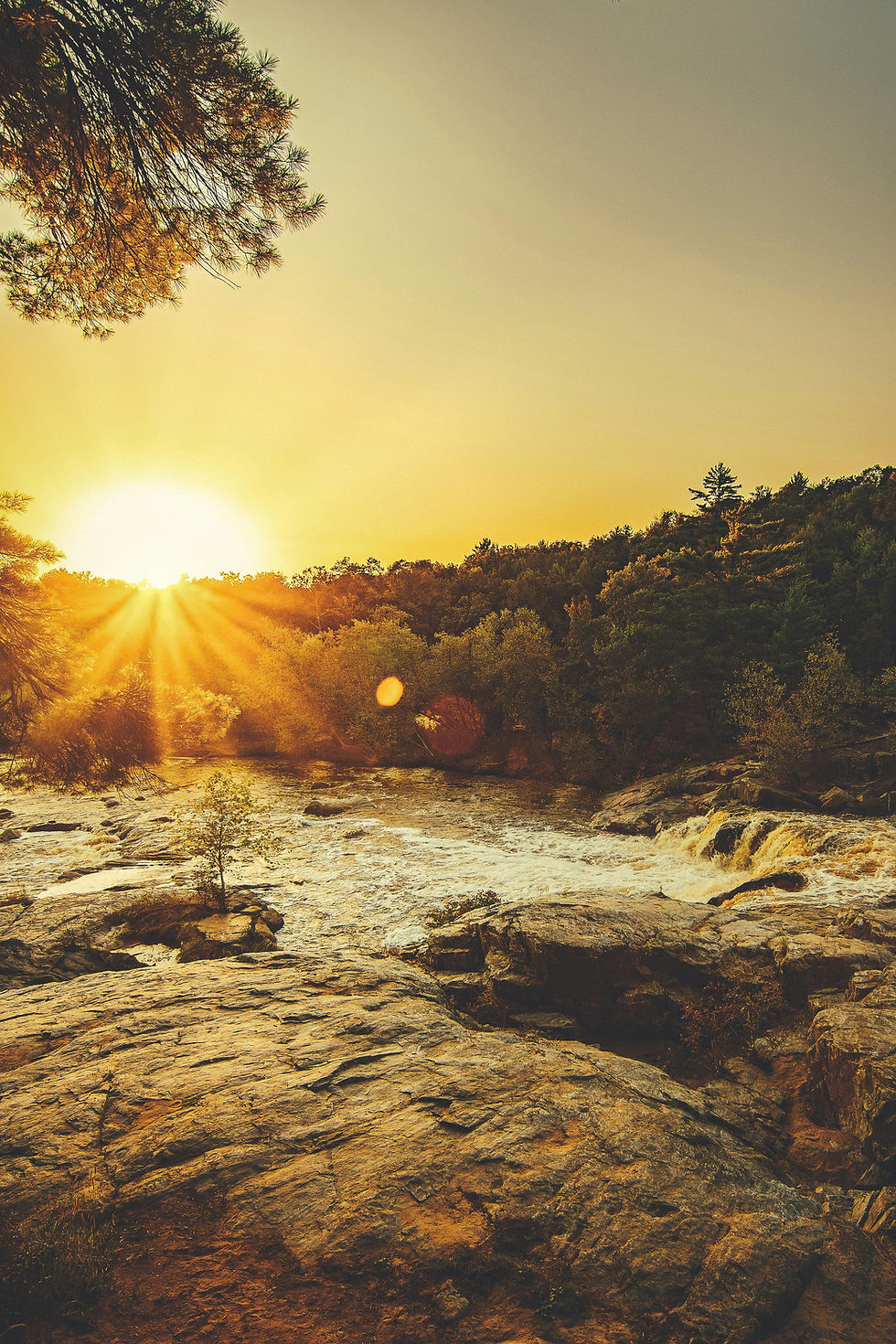weLOG #48 When Forests Disappear
- Joanna Arai
- Jun 22
- 4 min read
When a forest disappears, the loss extends far beyond the trees. It sets off a chain reaction, unraveling delicate balances that have been in place for centuries. Forests are not just landscapes; they are intricate living systems that sustain countless forms of life, regulate water cycles, store carbon, and support human communities. Their destruction doesn’t happen in isolation—it disrupts ecosystems, alters weather patterns, accelerates climate change, and erodes the foundations of life itself.
Forests shelter more than 80% of land-based species, providing them with food, protection, and space to reproduce. When these habitats vanish, countless creatures—large and small—are left with nowhere to go. Some species adapt, though often in ways that bring them into conflict with human settlements, while others simply disappear. In places like Borneo, the destruction of tropical rainforests has pushed orangutans toward extinction. In the Amazon, deforestation has made it harder for jaguars to find food and shelter. But it’s not just the visible losses that matter. The collapse of insect populations, soil fungi, and pollinators disrupts ecosystems in ways we often don’t notice until it’s too late—until crops start failing, disease patterns shift, and the land itself begins to degrade.
Forests also shape the way water moves through the world. Their roots anchor the soil, preventing erosion, and their vast canopies regulate rainfall by releasing moisture into the air. When forests are cleared, this natural cycle breaks down. Rivers shrink or vanish entirely, rainfall patterns become unpredictable, and once-fertile land dries out. The Amazon rainforest, often called the world’s largest rain factory, generates massive amounts of moisture that influence weather patterns as far away as the United States. As deforestation continues, this process weakens, leading to drier conditions both locally and globally. In regions where deforestation is widespread, desertification often follows, leaving behind land that can no longer support farming or human life.
The removal of forests is also a direct accelerant of climate change. Trees act as carbon vaults, absorbing and storing vast amounts of CO₂ from the atmosphere. When they are cut down or burned, this stored carbon is released, adding to greenhouse gas emissions and fueling rising global temperatures. Deforestation accounts for roughly 15% of the world’s CO₂ emissions—more than the entire transportation sector combined. Every acre of forest lost makes it harder to slow the pace of climate change, pushing the planet closer to a point where extreme weather, food shortages, and ecological collapse become the norm.
The destruction of forests also has immediate consequences for people. Indigenous communities, who have lived in balance with forests for generations, are often the first to be displaced when logging, agriculture, or mining operations move in. With their land goes their way of life—their ability to gather food, practice medicine, and maintain the cultural traditions passed down for centuries. Even beyond these communities, millions depend on forests for their livelihoods. When forests disappear, so do sources of food, clean water, and economic stability.
These effects don’t remain contained to the regions where deforestation occurs. The destruction of forests in the Congo Basin has been linked to changing rainfall patterns in distant parts of Africa. The drying of the Amazon may alter global weather systems in ways scientists are still working to understand. Forests are part of a planetary system, deeply interconnected, and their loss sends shockwaves across ecosystems, economies, and climate patterns far beyond their borders.
Despite the severity of these consequences, deforestation is not inevitable. Efforts to protect, restore, and manage forests sustainably can reverse much of the damage. Reforestation projects, policy changes, and shifts in consumer behavior can all play a role. Choosing products that don’t contribute to deforestation, supporting organizations working to restore damaged landscapes, and advocating for policies that prioritize forest conservation are all ways to take action. The question is not whether forests matter but whether we are willing to protect what remains.

AROUND THE WORLD 🌏
by Joanna
A PROJECT THAT REVIVED AN ENTIRE ECOSYSTEM
In 1999, China's Loess Plateau faced severe soil erosion and environmental degradation, affecting the livelihoods of millions. The government launched the 'Grain to Green' project, transforming barren lands back into thriving ecosystems. By banning tree-cutting and overgrazing, and providing subsidies to farmers for sustainable practices, vegetation cover increased by 25%. This restoration not only curbed devastating dust storms but also revitalized local agriculture. However, challenges like balancing food production and water resource management emerged, highlighting the complexity of large-scale environmental restoration. This project underscores the potential of coordinated efforts in reversing ecological damage and offers valuable lessons for global conservation initiatives.
DESIGNERS PIONEERING SUSTAINEBLE INNOVATIONS
The 2025 World Design Congress showcased trailblazing designers integrating sustainability into their creations. Arthur Mamou-Mani is leading in 3D-printed, circular architecture, reducing waste and promoting eco-friendly construction. Fernando Laposse collaborates with indigenous communities to craft furniture from natural materials like agave, blending tradition with modern design. Kusheda Mensah's modular furniture encourages social interaction while utilizing sustainable resources. These innovators exemplify a shift towards environmentally conscious design, demonstrating that creativity and sustainability can harmoniously coexist, influencing industries worldwide.

WHAT WE'RE READING
There you have it, dear friends!
Till next time!
Joanna Arai
💛



Comments